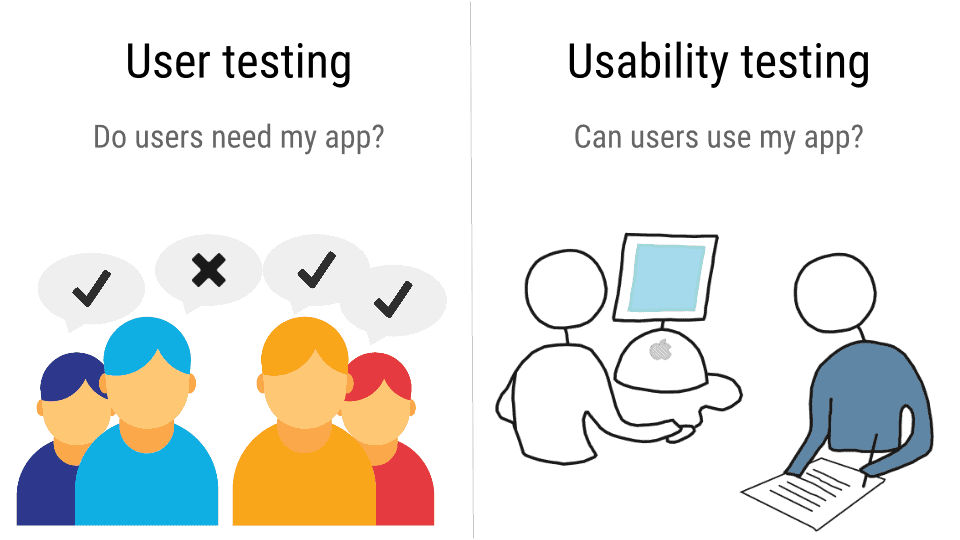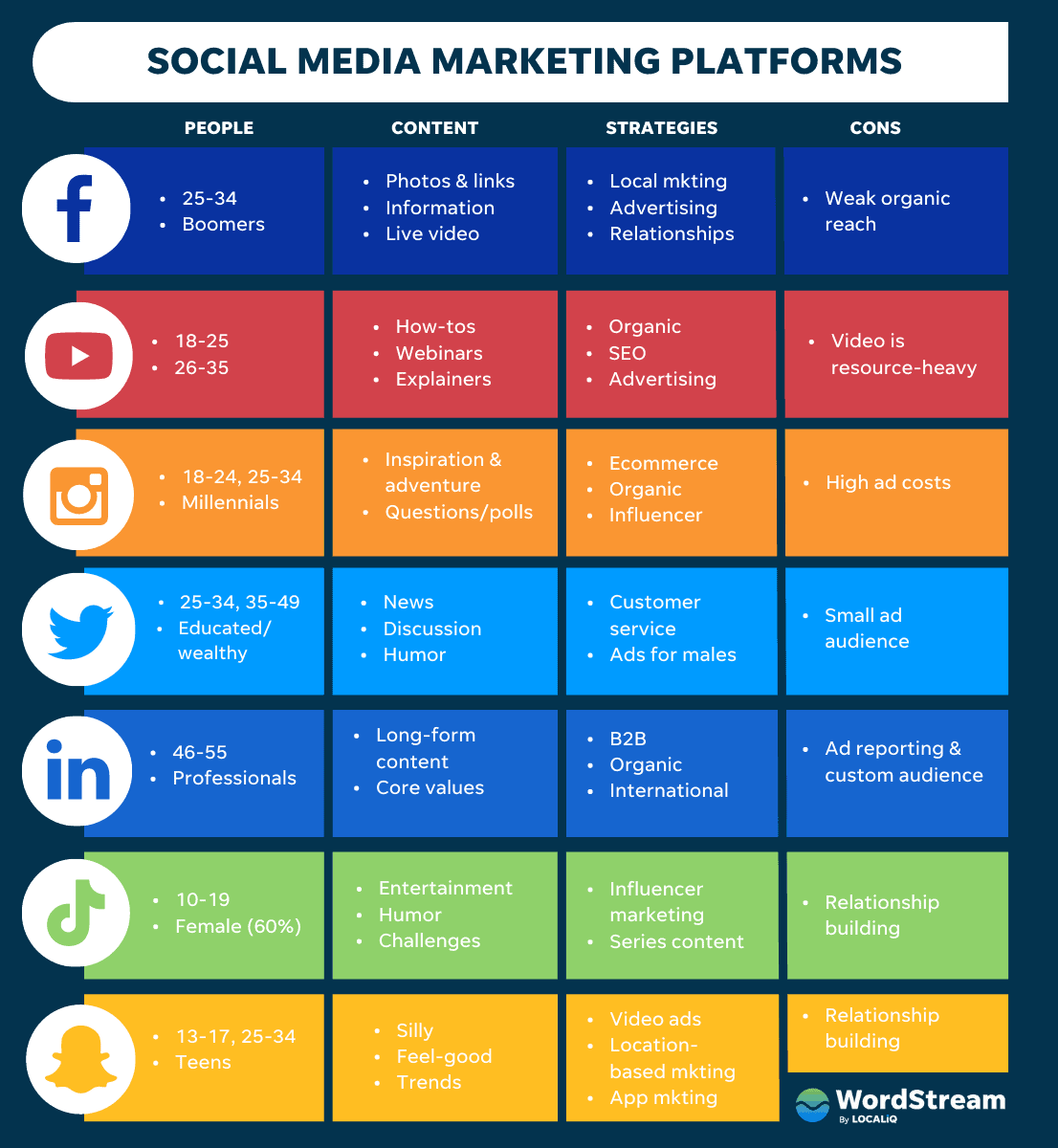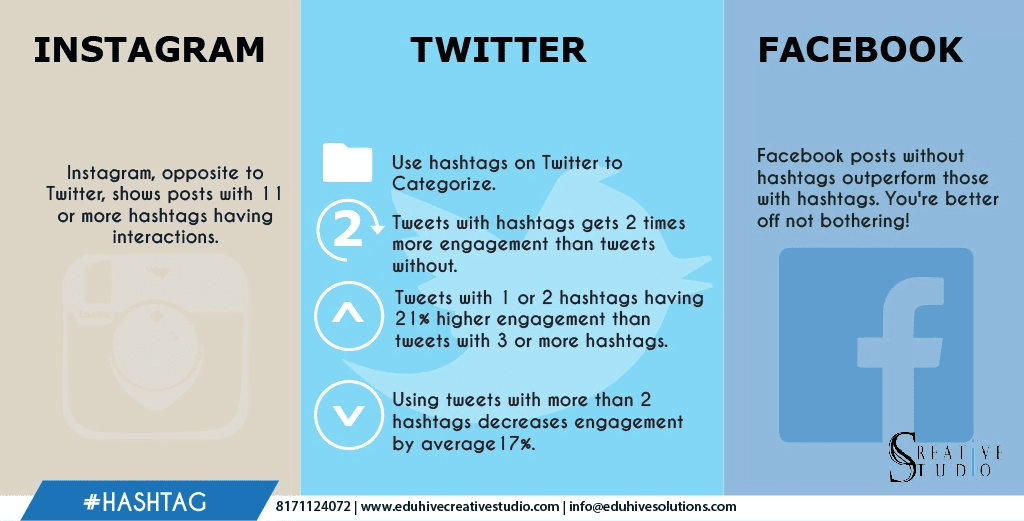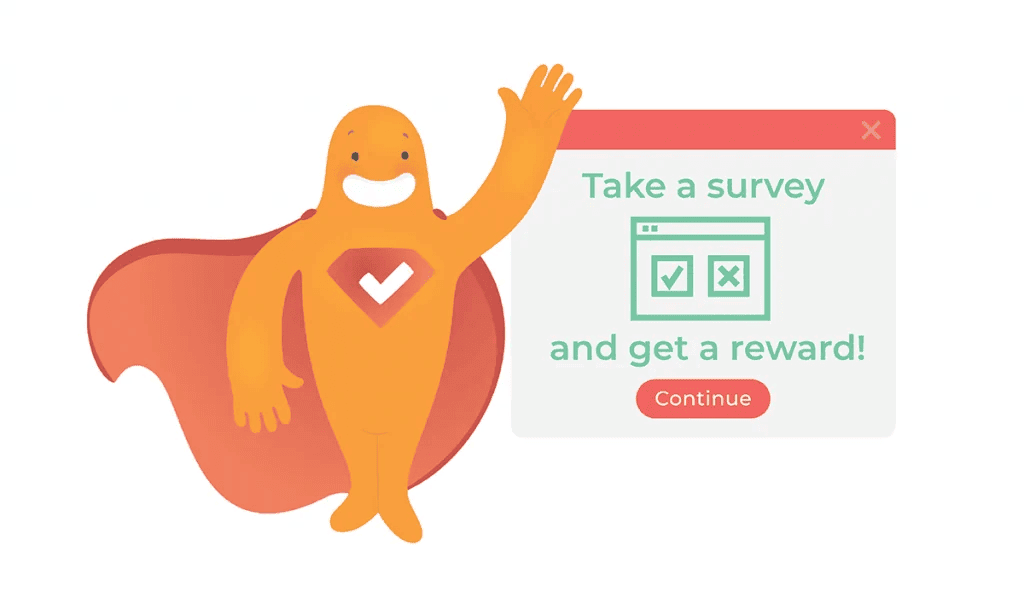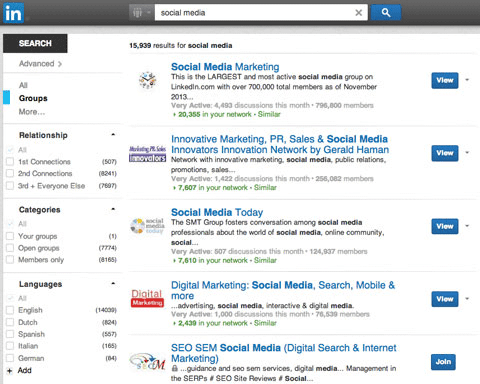In this day and age, the vast majority of businesses use at least one form of social media. One of the primary purposes of social media is constant communication with customers and clients.
Social media brings us closer to the people, but it also offers us a chance of learning much more about our users, particularly when you use social media for user testing.
With a few shrewd techniques and tactics, we can dive much deeper into user behavior and perform usability testing even on the biggest social media sites.
In this article, we’ll take a look at the most effective ways you can use social media to perform user testing effectively.
What is user testing?
User testing is the process of measuring the success of your product from the users’ perspective. It’s one of the best ways to learn about the concerns your customers may have as they interact with your product.
The main purpose of this process is to find areas where you can improve your product. It allows you to see what your customers think about it, as well as spot black holes that you might miss during the creation phase. While you and your team might find your product easy to use, your customers may not – that’s where user testing comes in.
User testing is similar to usability testing but not exactly the same; user testing focuses on the whole experience with your product, while usability testing focuses mainly on the usability factor.
User testing might come in different forms. You might use A/B testing, surveys, and other types of tests that allow you to see how users interact with your product. However, one of the most underrated forms of user testing is by using social media.
Why use social media for user testing
The power of social media is often underrated when it comes to user testing. It’s a powerful method of learning more about how your product performs and how users interact with it.
The first and most important reason why social media works so well is the number of users. Almost 4 billion people worldwide use at least one form of social media daily, which allows you to tap into an unprecedented number of feedback options when you use it for user testing.
In addition, social media is a good place to find unbiased feedback. If you perform the tests within your company, then it’s likely that these tests are biased since you or your colleagues might already understand your product. Your users, most likely, won’t. If they like it they’ll be happy to share it on their social media profiles. .
Lastly, feedback from social media isn’t forced such as interviews or surveys, for example. Most of the time, user reviews on social media are spontaneous and real, so you’ll be able to get great information from them.
Best tips to use social media for user testing
As we’ve already mentioned, social media is great when it comes to user testing. But before you get started, you might want to use some of these tips to get the most out of the process.
Decide which social media platforms work best for you
The first step is to decide which social media platform works best with your company. More specifically, consider the tone of voice you use for addressing your potential customers and users.
You’ll have a bunch of different social media platforms to choose from. Each platform has something unique to offer, so you’ll need to decide on using only a few of them – otherwise, you’re going to have too much work on your hands.
For instance, LinkedIn or Facebook are great for more formal businesses with a lot of engagement. Twitter is great if you want quick feedback, but there are also other platforms you can use, such as Telegram.
At the same time, you should not forget about using closed groups for user testing. These groups might come in the form of closed Facebook or Slack groups, communities, or dedicated groups on other social media sites.
While you won’t get as much feedback from these closed groups as you would from using the entire database of users, you’ll get much higher quality feedback here. It’ll also come from users who are at least a bit familiar or passionate about your product – enough that they’re a part of a focused group like this.
Use social media for discovery research (focus on your competitors)
Perhaps the most extensive task that you can do with social media for user testing is to find out what users want before you implement any changes or features yourself.
See what social media users engage with. It’s useful to look at the comments, and it might even be helpful to create a chart of the most common issues you’ve found during your research.
Social media is the perfect place to find areas where your product or service can improve on the existing offering. After all, social media sites are a good way for customers to express their thoughts. And if you’re in a market where it is possible to find such information on social media, you should not hesitate to do it.
The only nagging thing here is that this sort of research will take time. Since it can take a lot of time, you might want to hire a social media assistant to help you out and collect information for you.
Use hashtags to find the information you want
You can sort posts that you’re looking for using hashtags. That way, you can easily find the topic you’re looking for. You will also want to equip the posts you create with hashtags so that users can contribute to you.
If you’re looking for feedback from your users, then you can create a post on the social media platform of your choice asking for feedback. And to get as much traction as possible from users you want to get feedback from, hashtags can help attract the right types of users to the post.
This tip works best for social media sites that use hashtags, such as Instagram or Twitter.
So a good tip for using Instagram for testing is to find the hashtags you think are relevant to your post and use them inside the post. You might want to find 5-10 good hashtags per post and include them so that the users who want to give feedback will see your post.
Hashtags are also useful when you’re looking to find posts from users who posted about your product. You can search using your product’s name in the hashtag to find such posts. This way, you’ll reduce the time you spend searching for the relevant posts during the research phase.
Listen to what people say about your product
This point is similar to the first one, but this time, you will want to use social media to gauge the success of your product specifically.
Sites like Twitter, Facebook, or even LinkedIn are great places to find honest, unbiased customer feedback. This is especially true if they found something particularly displeasing – so much so that they needed to voice their opinion on social media.
As already mentioned, you might want to use hashtags to find posts about your product. This will help you weed out the irrelevant posts and locate the ones that include your product specifically to see what users are thinking about it.
It’s not common to see a company listening to their customers’ concerns on social media, so you can easily stand out from the rest if you follow this tip.
Use surveys
Now, this tip might only be relevant if you already have enough followers on social media. Creating surveys and posting them on your social media profile is one of the best ways to gauge what your customers think about your product.
A good survey will help you resolve any nagging questions about your users. Make sure that the survey that’s as friendly as possible for the customers. They shouldn’t be too long, for starters.
You can create simple surveys or you might choose more in-depth ones. If you create a longer survey, it might be appropriate to thank your customers for their time in solving the survey and maybe even offer them a survey incentive or something similar in exchange.
The survey should include questions about the product. You might want to ask how your customers use your product, what they like about it, and more importantly, what they don’t like. To gain deeper insights from their responses, using ai survey analysis can help uncover patterns and trends in customer feedback. This way, you’ll get a much clearer idea of their impressions and potential room for improvement.
Analyze the data (especially when it comes to ads)
If you use social media ads, then you should pay great attention to what attracts your customers inside your ads. To do that, you can use data analysis to get a better idea of what works. For this, you can use tools such as heatmaps, for instance.
Statistics show that 75% of B2B buyers make purchasing decisions based on social media ads. This is why it’s crucial that you not only perfect your ads using data analysis but also see what it is that attracts users and customers to your product.
Social media ads are thus one of the best ways of getting new users to try your product. And with that, you’ll gain a lot of opportunities to increase the number of people who sign up to use your product. It’s also a good chance to get invaluable information that you can use to improve it.
There is a lot of value to be collected from your ads and the statistics that come with them. You’ll get a clearer idea about the demographics of your users, their location, what they are looking for specifically, and what attracts them most. Information like this can tell you a lot about your users.
Create groups on social media for your product
As already mentioned, creating closed groups of people that use your product is one of the best ways to collect info from your customers on social media platforms. Groups are available on almost any social media site, and you’ll be able to use them to your advantage.
Now, building and cultivating a community on social media will take time and effort. But once your page gets traction, it will get much easier. The group will become a source of information that you can then use to further improve how your product performs.
The reason why closed groups like this work well for user testing is that they include people who are thoroughly interested in your product.
Social media groups are available on social media platforms like Facebook, Twitter, Telegram, Slack, and even LinkedIn.
Share prototypes on social media
Last but not least, one of the most effective ways to perform user testing on social media is to share prototypes of your product. This is a good way of testing your product before it is officially released with a group of dedicated users.
Social media groups are especially effective for testing your prototype. If you don’t want to show your product to the rest of the world and you want to get reliable information from people who want and need it, then this is a great method.
You’ll need to share the URL of your product with your followers first. You’ll also want to specify what exactly you’re looking for from your users. More specifically, the sort of information and feedback you want from them when conducting this type of research.
Be proactive!
Social media for user testing is an important part of making sure your product works as intended. They provide you with a ton of unfiltered feedback from users who want your product to do well.
But just as social media can be effective for improving your product, they also take a lot of time. You’ll need to stay proactive and make sure that you get as much out of your social media efforts as possible.


